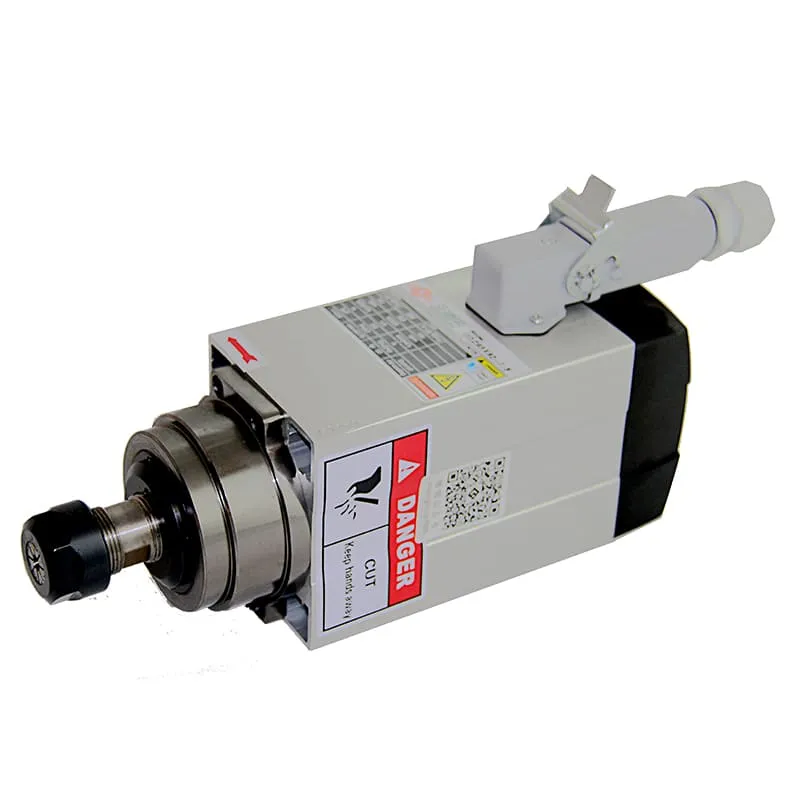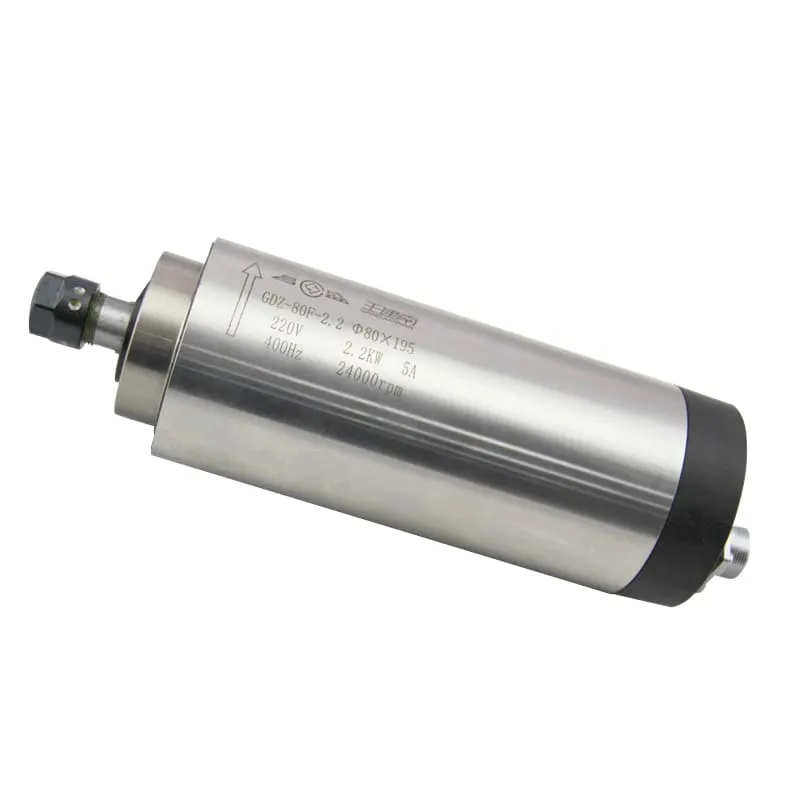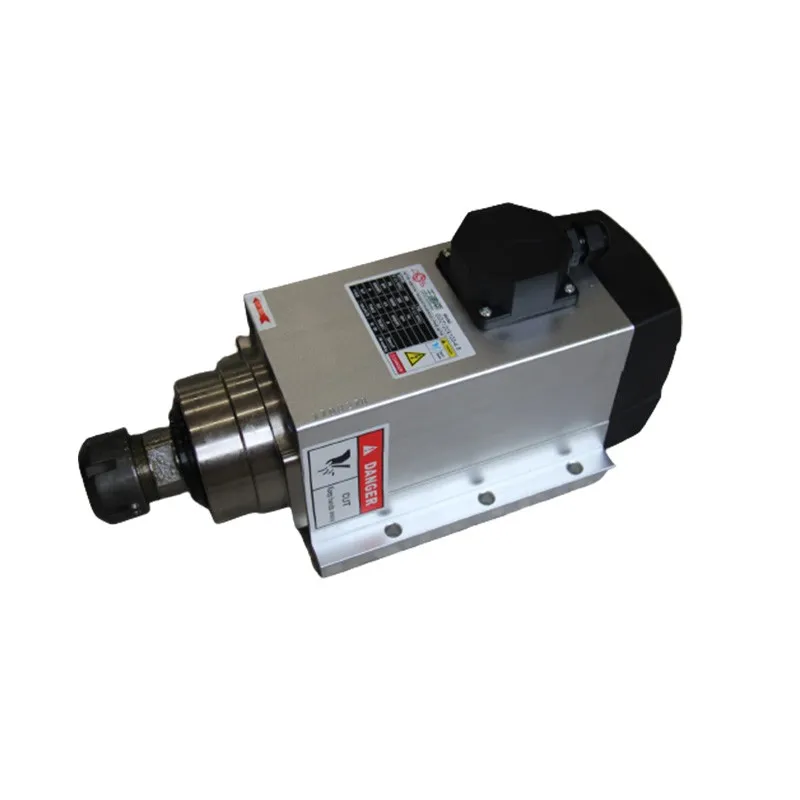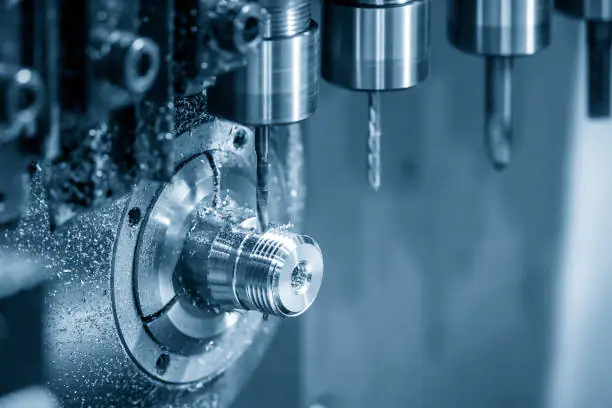What Is a CNC Mill Used For?
CNC (Computer Numerical Control) milling is one of the most versatile and widely-used forms of machining, capable of creating precise, complex shapes from a variety of materials. It is especially crucial in manufacturing where accuracy, repeatability, and scalability are important. In this detailed guide, we’ll dive into the numerous uses of CNC mills and why they are integral to modern production lines.
Understanding CNC Milling Machines
1. What Is CNC Milling?
CNC milling involves using a computer-controlled machine to remove material from a workpiece to create a specific shape or product. A CNC mill uses a rotating cutting tool that moves along multiple axes to precisely shape the workpiece. This technology is perfect for prototypes as well as full production runs, ensuring high quality and precision for every piece produced.
A CNC milling machine typically consists of:
- Milling Head: Holds the cutting tool.
- Worktable: Secures the material to be machined.
- Spindle: The rotating shaft that drives the cutting tool.
- Control Panel: Allows the operator to interact with the machine.
2. Types of CNC Milling Machines
CNC mills come in various types, each designed for specific purposes:
- Vertical Mills: Have a vertically-oriented spindle, making them suitable for surface machining.
- Horizontal Mills: Feature horizontal spindles, which work well for machining heavier parts and improving chip removal.
- 5-Axis Mills: These machines move the workpiece along five axes, enabling extremely complex geometries.
Each type has its unique benefits depending on the project requirements.
Applications of CNC Milling
3. Manufacturing Parts
One of the most common uses of a CNC mill is in manufacturing individual parts for a variety of industries. With Computer-Aided Design (CAD), CNC mills can create extremely precise parts that meet the tight tolerances required in sectors like aerospace, automotive, and electronics.
CNC milling provides flexibility because it can handle a range of materials including metals, plastics, composites, and wood. By programming the desired output, manufacturers can ensure consistency across all production levels.
For enhancing the precision of your milling projects, check out our 1.5KW ER20 Square Air-Cooled Spindle.

4. Rapid Prototyping
CNC milling plays an essential role in rapid prototyping, where physical models of a new design must be created quickly. This is especially important in product development to allow engineers to physically evaluate a design’s function and structure.
- Speed: CNC milling can quickly adjust to design changes without altering traditional molds.
- Accuracy: CAD software helps to create prototypes that meet precise specifications, reducing the margin of error.
5. Cutting Tools and Milling Processes
The selection of the appropriate cutting tool is critical for successful CNC milling. Milling tools come in many shapes and sizes, including end mills, face mills, and ball-end mills. The process typically includes:
- Rough Milling: Removes large quantities of material.
- Finish Milling: Refines the part’s geometry, giving it a smooth finish.
Cutting tools are chosen based on the material being milled, such as steel, aluminum, or wood. Properties such as hardness influence the cutting parameters.
Working with Different Materials
6. Material Compatibility
CNC milling is adaptable to a wide range of materials, each presenting its unique set of challenges:
- Metals: Materials like steel, aluminum, and titanium are commonly used. Aluminum is a popular choice due to its lightweight yet durable properties.
- Wood: Milling wood allows for intricate designs and is often used for furniture and decorative items.
- Plastic: CNC milling helps produce components like casings and insulators in the electronics industry.
For reliable spindle motors that can handle diverse materials, consider our 2.2KW ER16 Air-Cooled Spindle.

CNC Milling Techniques and Their Uses
7. Face Milling vs. Peripheral Milling
Different CNC milling techniques serve different purposes:
- Face Milling: The cutting tool is perpendicular to the workpiece, resulting in a flat surface. Useful for providing a smooth finish.
- Peripheral Milling: The tool moves parallel to the workpiece, perfect for creating slots or contours.
8. Complex Machining
With multi-axis CNC mills, manufacturers can produce highly complex parts that are difficult or impossible to make using traditional methods. 5-Axis CNC machines can create intricate parts like turbine blades and medical implants.
- 5-Axis CNC Mills: These machines can move along multiple axes, enabling production of intricate geometries.
9. Tool Path Optimization
Effective tool path planning ensures the cutting tool follows the most efficient path, minimizing wear, reducing tool changes, and boosting efficiency.
- Climb Milling vs. Conventional Milling: Climb milling engages the material at maximum thickness first and decreases as it exits, enhancing efficiency.
- Tool Path Simulation: Simulations help identify potential collisions, thereby minimizing material waste and increasing safety.
Advantages of CNC Milling
10. Precision and Repeatability
The key strength of CNC milling lies in its precision. It can produce parts that are nearly identical with tolerances as small as a few micrometers.
- Repeatability: This is essential for industries needing consistent, identical parts.
- Complex Shapes: CNC milling can create intricate designs that are almost impossible to replicate manually.

Discover our 4.5KW Air-Cooled Spindle with Flange for high-precision milling.
11. Reduction in Human Error
CNC milling significantly reduces the risk of human errors. Since the machines operate based on precise, pre-programmed instructions, the margin for mistakes is minimized.
12. Flexibility in Production
CNC milling is suitable for a variety of manufacturing needs:
- Custom Parts: It can easily produce one-off prototypes or parts without requiring expensive tooling.
- Mass Production: The programmed instructions allow for repeated production runs, creating consistent parts efficiently.
CNC Milling in Various Industries
13. Automotive Industry
CNC milling is used extensively in the automotive industry for parts like engine components, gears, and brackets. The precision ensures all components meet the strict safety and performance standards.
14. Aerospace Industry
The aerospace industry relies on CNC milling to manufacture components like turbine blades and structural supports. These parts require extremely tight tolerances and lightweight materials like aluminum and titanium, both of which CNC milling can handle effectively.
- Precision: Ensures all components adhere to the stringent standards required in aerospace.
15. Medical Field
In the medical industry, CNC milling produces parts such as prosthetics and implants. By using 5-axis CNC milling, customized implants can be made to precisely fit the patient’s specifications.
FAQs About CNC Milling
1. What is a CNC mill used for?
A CNC mill is used for creating precise parts from various materials, including metal, plastic, and wood. It is utilized across industries such as manufacturing, aerospace, and automotive.
2. Can CNC milling be used for complex shapes?
Yes, CNC milling is well-suited for creating complex geometries. 5-axis CNC machines can produce intricate parts with high precision.
3. What materials can be used in CNC milling?
Common materials include metal, plastic, and wood. The selection depends on the requirements and properties of the final part.
4. What industries benefit from CNC milling?
Industries like aerospace, automotive, medical, and electronics benefit significantly from CNC milling.
5. What are the advantages of CNC milling?
Key advantages include precision, repeatability, flexibility, and a reduction in human error.
Conclusion
CNC milling is an essential part of modern manufacturing, offering precision, versatility, and efficiency. It plays a critical role from the prototyping stage to the mass production of intricate components. Whether it’s producing one-off custom parts or scaling up to full production, CNC milling has proven itself as an invaluable tool for industries around the world.
Explore our range of spindle motors to power your CNC projects, like the 4.5KW Air-Cooled Spindle with Flange. Feel free to reach out for expert advice on how to leverage CNC milling technology for your projects.

